Description
Pullet & Duck Grower has been formulated to suit all breeds of domestic pullets & ducks from 5 – 6 weeks to 18 – 20 for laying pullets & ducks or to desired weight.
This feed contains a natural herbal coccidiostat, safe for ducks and no withholding period for eggs or meat.
| Typical Analysis | As Fed |
| Energy KCAL / kg | 2900 |
| Protein (%) | 18.00 |
| Calcium (%) | 1.00 |
| Available Phosphorus (%) | 0.40 |
| Crude Fat (%) | 4.00 |
| Added Niacin (mg/kg) | 100.00 |
· Probiotic and Prebiotic – Good bacteria for gut health
· Coccidiostat – Regano, a natural herbal coccidiostat used, no withholding period for meat and or egg consumption. Also suitable for ducklings & ducks to consume.
· Natural Betaine – Support stock during times of heat stress
· Vegetable Proteins – No restricted animal materials (RAM) used in our diets
· Vitamins – Species specific vitamins & minerals included to support health and
production
· Added Niacin – elevated levels for ducks
· Macro Pellet – Suitable for all sizes of poultry, aids crop strength
Typical raw materials considered in the formulation of this diet
Australian cereal grains & their Co-Products, Corn, Canola & Soybean Meal, Lucerne Meal, Vegetable Oils,
Amino Acids, Probiotics, Prebiotics, Calcium, Phosphorus, Vitamin Premix, Salt, Sodium Bicarbonate,
Natural Betaine, Antioxidant, Regano (Herbal Coccidiustat Aid), Emzymes
All raw materials used are steamed cooked prior to the pelleting precess
General Information
· A complete diet available in a macro pellet form, providing essential nutrients for growing domestic
layer pullets and ducks
· Fresh, clean water to be accessible at all times especially for ducks, to aid suitable intake
· Phase supplementary feeding both in and out gradually to help avoid set backs
· A herbal coccidiostat has been added to assist in the control of Coccidiosis, safe for both ducklings
& ducks to consume, no withholding period for both meat and egg consumption
· Trace mineral premix added, for more detailed analysis please contact Vella Stock Feeds.
· Growth rates will vary according to a range of external factors including housing, variable weather
conditions, predators, inoculations and hygiene to name a few

